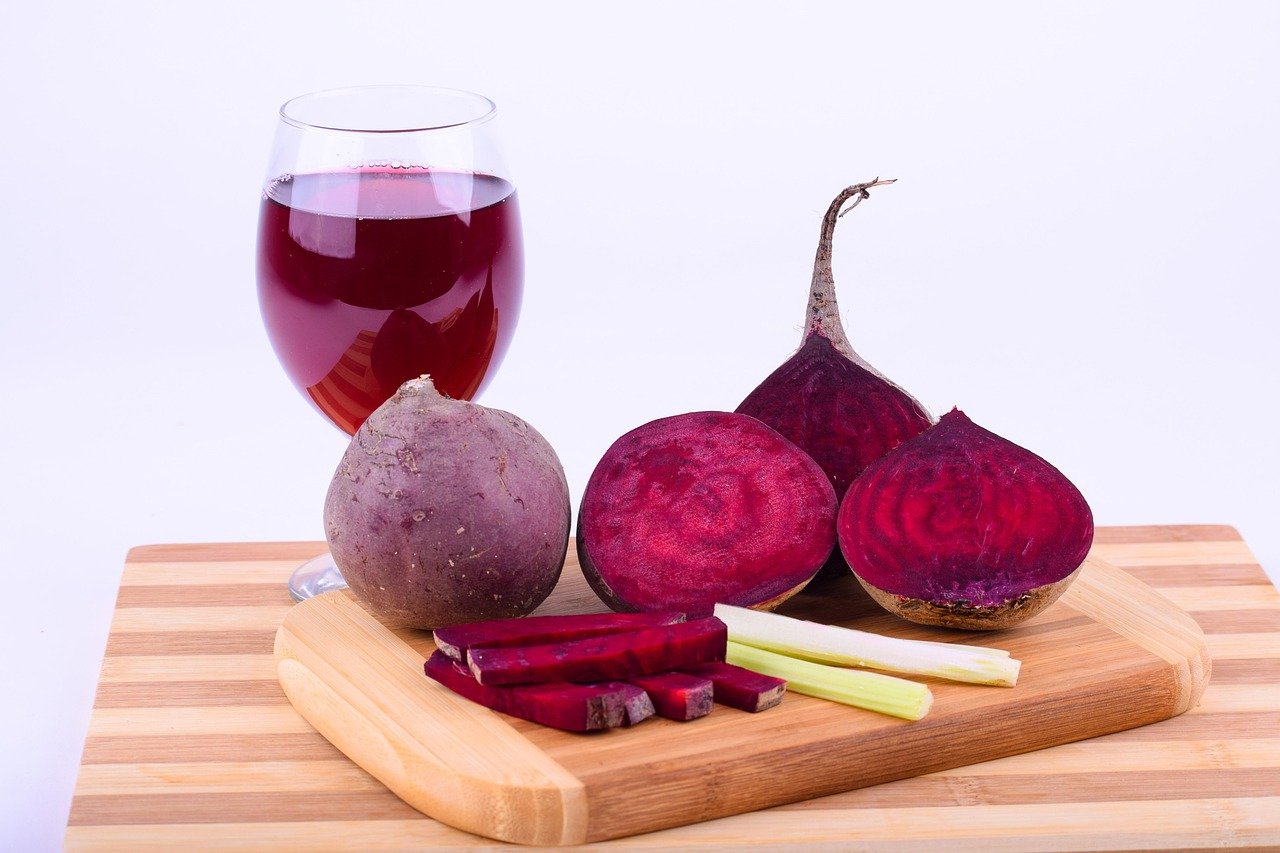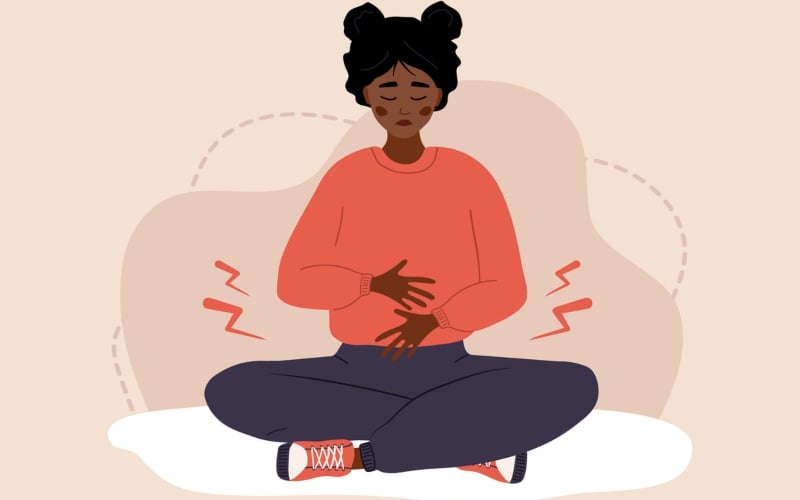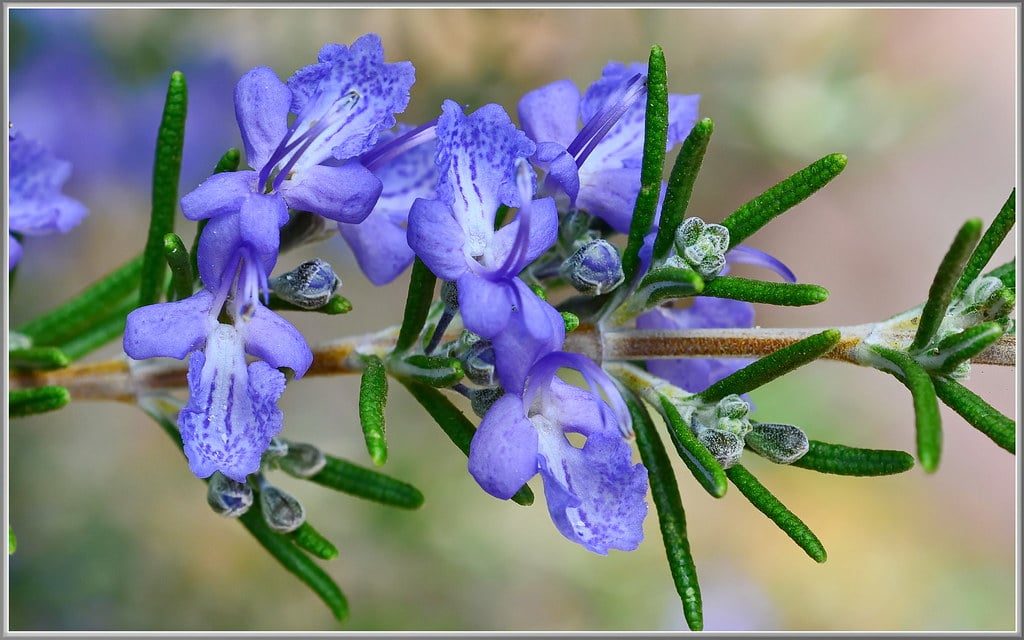CANNABIS CULTURE – Pests like insects, diseases, and weeds have always affected human and animal health, protection of structures and stored food, and agriculture; and cannabis is certainly no exception to this.
During the chemical revolution that followed World War II, pesticides of all kinds flooded the agricultural market as “silver bullet” cures for all of these pest woes. At the same time, many traditional practices were abandoned because synthetic pesticides were cheaper and easier. Pesticides were sprayed on an indiscriminate calendar basis to protect yields without knowing what pests or beneficial organisms may actually be present at any given time. But, as we quickly learned, better farming through chemistry was not a reality. In fact new issues arose from the increase in pesticide use, including negative environmental impacts, pesticide resistance, and detrimental human health effects.
In response to the increase in synthetic pesticide use and the resulting new threats, the concept of integrated control of pests was introduced, or, more accurately, reintroduced. The fundamentals of integrated control had been practiced before the rise of synthetic chemistries and regained attention in a formalized manner after. Integrated control centered around the following steps:
- Pest identification – know what you want to control
- Scouting – look for and quantify your specific pest to know the current population levels and predict how they may change in the near future
- Identification of pesticide options – know the pesticide or group of compatible pesticides that you can use when the pest appears at dangerous population levels
- Management implementation – spray your determined pesticides when scouting results show that they are necessary
- Evaluation – find out and record how well the management worked and change things as needed
- Repeat – do it all again
Years later, integrated pest management (IPM) was created by building off of the principles of integrated control. IPM was different because it emphasized prevention of problems instead of reaction; included other plant health considerations; and expanded the management tactic “tool box” to include options in addition to chemicals such as cultural, physical, and biological tactics. The name change (“management,” not “control”) also indicated an understanding that there will always be some level of nearly all potential pests. We can monitor and manage these populations at low levels to avoid yield losses, but we will never be able to control nature.
A new paradigm for IPM
The first iteration of IPM emphasized and expanded the scientific aspects of pest management that formed the backbone of integrated control. What was originally lacking from IPM was an explicit inclusion of other critical considerations, the biggest of which was people. Communication, management, training, and societal/customer expectations were just some of the “people aspects” missing from IPM. Luckily the push to change this has grown in recent years (read more at these links: Gott 2018, Gott and Coyle 2019, and Mueller et al. 2020).
The recognized need to expand IPM culminated recently in a new paradigm published by University of California entomologist Dr. Surendra Dara in 2019. This new expanded view of IPM incorporates big-picture overarching considerations (see the figure for a depiction of the “new IPM”). The new paradigm expressly shows the social, psychological, and business/economic aspects within which the more traditional parts of IPM sit. It is clear from the new paradigm that IPM should be incorporated into quality management, marketing strategy, employee engagement and education, environmental responsibility and sustainability, and, of course, plant health care.
Why IPM?
When reviewing the steps to consider in the creation and implementation of IPM programs, I have had both home and business owners ask me, “Why would I want to do all of this instead of just spraying pesticides when there’s a problem?” The truth is that, yes, IPM is a little more work than preventive constant spraying or spraying under an “integrated control” framework. IPM is simple to manage in most home grows, but large operations need dedicated IPM staff to write and carry out all their IPM plans. Despite this, IPM still pays off in many ways. By introducing a heavy emphasis on prevention and using physical and bio-based management strategies, IPM promotes healthy plants while reducing the environmental and human health-related risks associated with pesticides. This includes protecting water and soil from contamination, reducing or eliminating human exposure to pesticides when mixing or spraying, eliminating potential employee and customer exposure to pesticide residues, and protecting non-target species that could be impacted directly or indirectly by pesticides.
IPM can benefit you financially as well. By reducing or even eliminating pesticide use, operations can eliminate costly re-entry intervals during which employees either have to reduce or stop all work in sprayed areas. The reduction in pesticide use in IPM prevents or slows pesticide resistance in pests you want to manage. This means if you find that you must intervene with a chemical pesticide, you know it will be a highly effective emergency strategy to protect your plants. And finally, IPM reduces or eliminates pesticide residues on plants. This means no failed regulatory pesticide testing, protecting your yield. This guarantee is probably the biggest return on investment IPM offers to the industry.
In the coming series of articles, I hope to highlight the new IPM paradigm, exploring each aspect and how it applies to cannabis production. The following parts in the series will explore the basic core aspects of IPM (the four center circles of the picture above) in relation to cannabis, the people to consider in IPM (the inner ring), and the larger scale considerations related to economics, societal perceptions, and the environment (the outer ring). I hope it will be both interesting and useful for home and commercial growers alike.
feature image: A depiction of the new IPM paradigm (Dara 2019, used with creator’s permission).
Original Article










